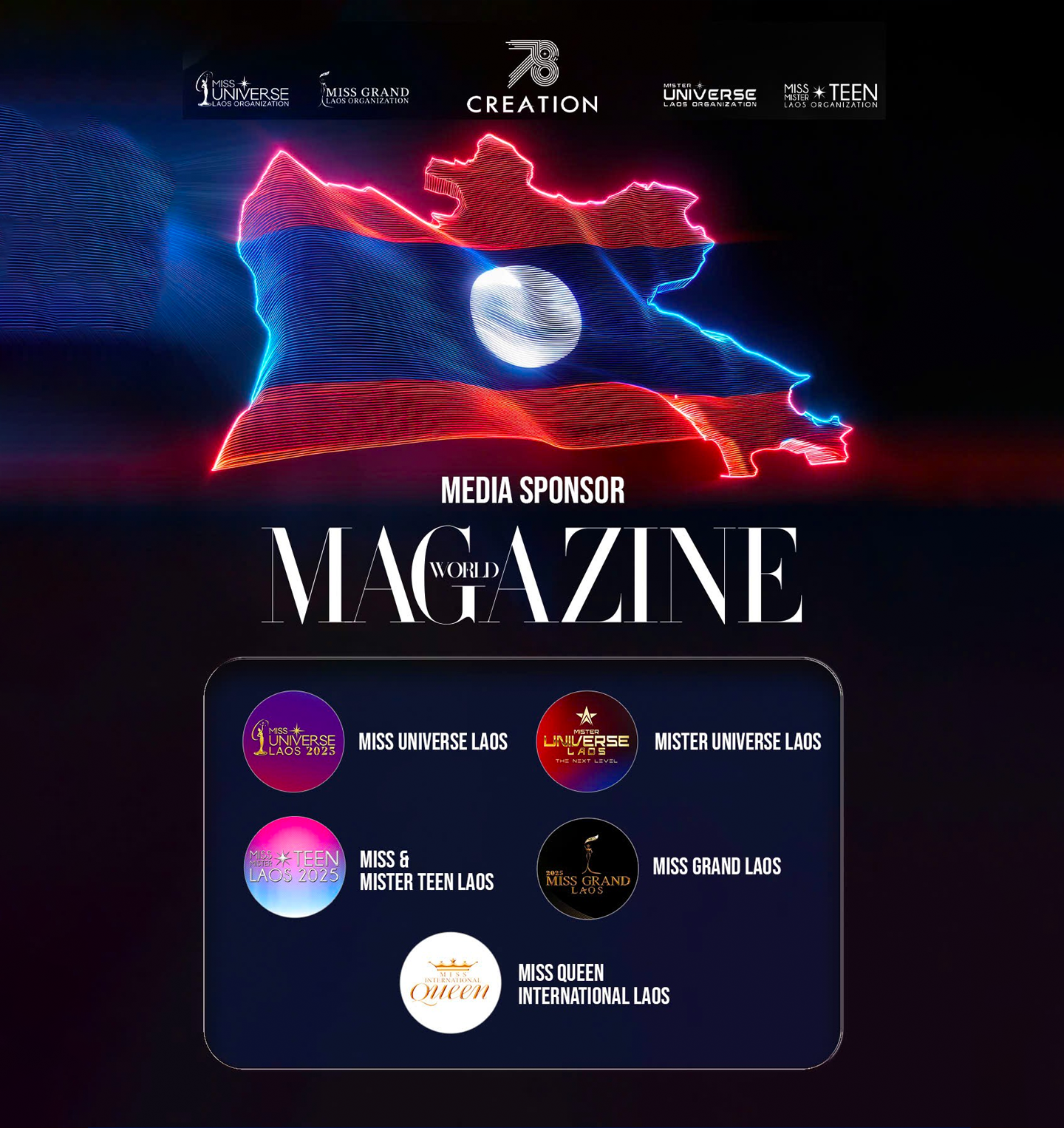Long hailed as the secret to youth, energy, and cognitive clarity, NAD+ treatments have typically required an expensive and time-consuming IV drip. Now, thanks to a new wearable patch, the “miracle molecule” may be easier—and more accessible—than ever before.
From celebrity IVs to sticker-sized biohacks
In 2025, NAD+ has become the wellness world’s golden child. Found naturally in our bodies, this coenzyme plays a key role in cellular energy production, DNA repair, and even anti-aging processes. A-listers like Hailey Bieber, Kendall Jenner, and Gwyneth Paltrow swear by NAD+ infusions to maintain their glow and mental clarity. These treatments, however, typically require an intravenous drip—a time-consuming, costly, and often uncomfortable experience.
Enter Barrière, the wellness brand aiming to simplify NAD+ access with a transdermal patch. The idea is simple: stick on a small patch that delivers NAD+ precursors through the skin throughout the day. “The patch is a way to make NAD+ more accessible, less invasive, and better suited to modern life,” says Cleo Davis-Urman, co-founder of Barrière. “We wanted to offer the benefits of NAD+ without the needles.”
The Barrière patch delivers 18 mg of NR (nicotinamide riboside), a precursor that converts to NAD+ in the body, using a slow-release system. Applied every other day, it offers a gentler alternative to the traditional IV while mimicking its dosing rhythm. According to Davis-Urman, this method avoids the shocks to the system that IVs and even oral supplements can cause.
IVs, shots, and pills: why NAD+ delivery matters
Despite the buzz around NAD+, getting it into your system in a meaningful way remains a challenge. The most effective delivery—by most expert accounts—is the IV drip. It floods your bloodstream with NAD+ directly, but it comes at a price: treatments range from $300 to $2,000 per session and can take up to four hours. Speeding up the process often leads to discomfort, even pain. As podcaster Joe Rogan once described, a fast NAD+ infusion can be “excruciating.”

“I’m not a fan of IVs because I think they give you too much at once,” says Dr. Amanda Kahn, a longevity-focused physician. “Your body doesn’t really know what to do with that high of a dose.” She favors NAD+ injections instead, which offer more control but are still invasive and expensive.
Pills and powders have emerged as a popular alternative, but their efficacy is under scrutiny. A 2023 study published in The Journals of Gerontology: Series A found that oral NAD+ precursors are safe and may increase overall NAD+ levels. However, absorption through the digestive system is inconsistent, and the amount that actually reaches your cells can vary widely.
That’s where the patch comes in. “It bypasses the liver and digestive tract entirely,” explains Dr. Sogol Ash, medical advisor to Barrière. “The transdermal system releases NAD+ slowly over 8 to 12 hours, offering a consistent stream of the molecule directly into the bloodstream.” It’s not only discreet and painless—it’s portable, wearable, and non-disruptive.
The science (and skepticism) behind the patch
The Barrière patch is part of a broader trend toward at-home, user-friendly biohacking tools. But does it actually work? That depends on how you define success. Right now, there’s no reliable way to measure NAD+ levels directly in the bloodstream, unlike common vitamins such as D or B12.
“We’re working on tests that can assess NAD+ levels more accurately,” says Dr. Ash. “In the meantime, I evaluate downstream effects through functional labs—things like mitochondrial health, inflammation, and biological aging.” Still, the most compelling evidence might be anecdotal. Many users report improved energy, better sleep, enhanced focus, and faster recovery after just a few weeks of consistent patch use.
That said, not everyone is fully convinced. “An IV is still the Rolls-Royce of NAD+ delivery,” says Dr. Alexander GolBerg, MD, DO. “You know what you’re getting, and you know it’s getting absorbed.” With the patch, he notes, the exact dosage and efficacy are harder to quantify.
Even so, most doctors agree that using a patch poses minimal risk. At worst, it may do little; at best, it may offer many of the same benefits as more invasive methods—without the side effects. “Oral supplements can cause nausea,” says Davis-Urman. “IVs can overwhelm your system. The patch gives your body time to adapt.”
The future of NAD+ and wearable wellness
The NAD+ patch marks a shift in how we think about health optimization. It’s no longer about the flashiest procedure or the most expensive therapy—it’s about convenience, accessibility, and consistency. Much like continuous glucose monitors or sleep trackers, the Barrière patch represents a new era of biohacking that blends seamlessly into daily life.
What makes it especially promising is its potential for wider adoption. While IV lounges and concierge wellness clinics cater to a privileged few, a $40 box of NAD+ patches could democratize access to one of the most hyped longevity molecules in modern science. “We wanted to take something elite and make it feel as easy as putting on a Band-Aid,” says Davis-Urman.
For now, science still has catching up to do. More research is needed to confirm how well NAD+ patches perform compared to other methods. But for wellness enthusiasts looking for a low-risk, no-fuss way to explore the benefits of this coveted coenzyme, the patch is an intriguing step forward. After all, if the road to better aging and more energy comes in sticker form—why not give it a try?




